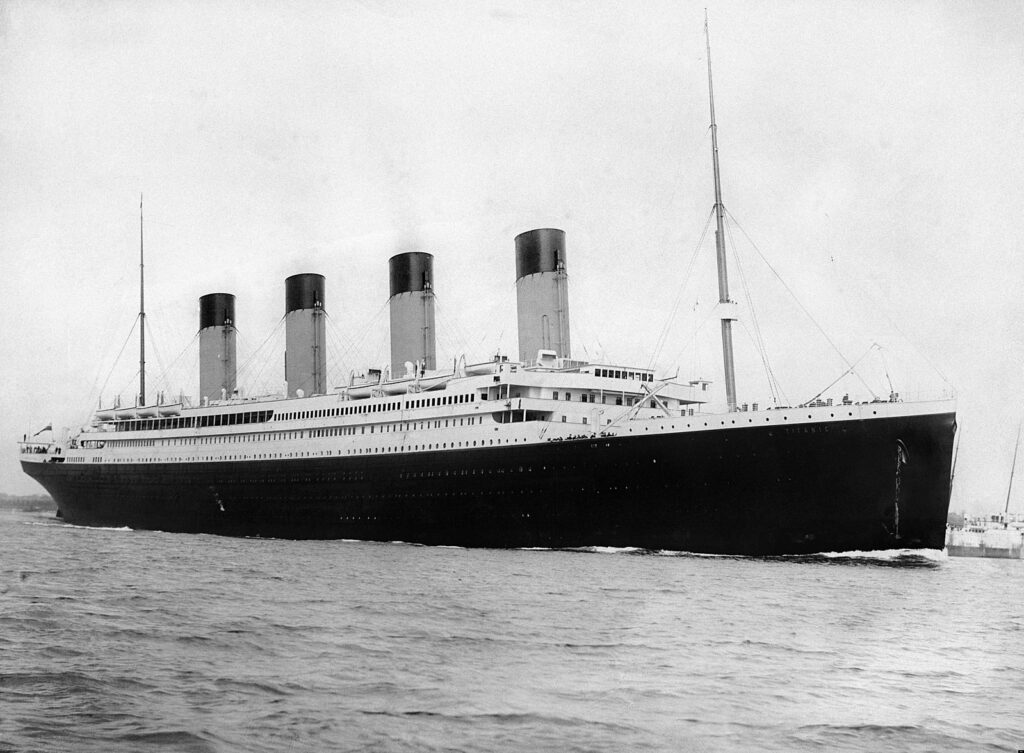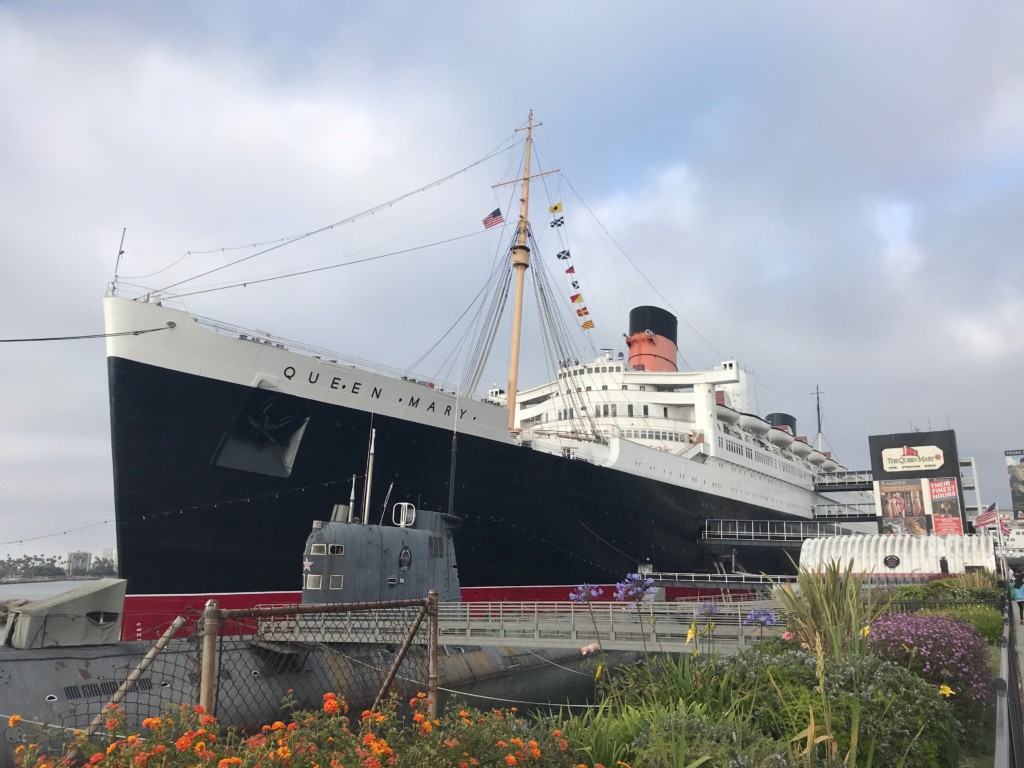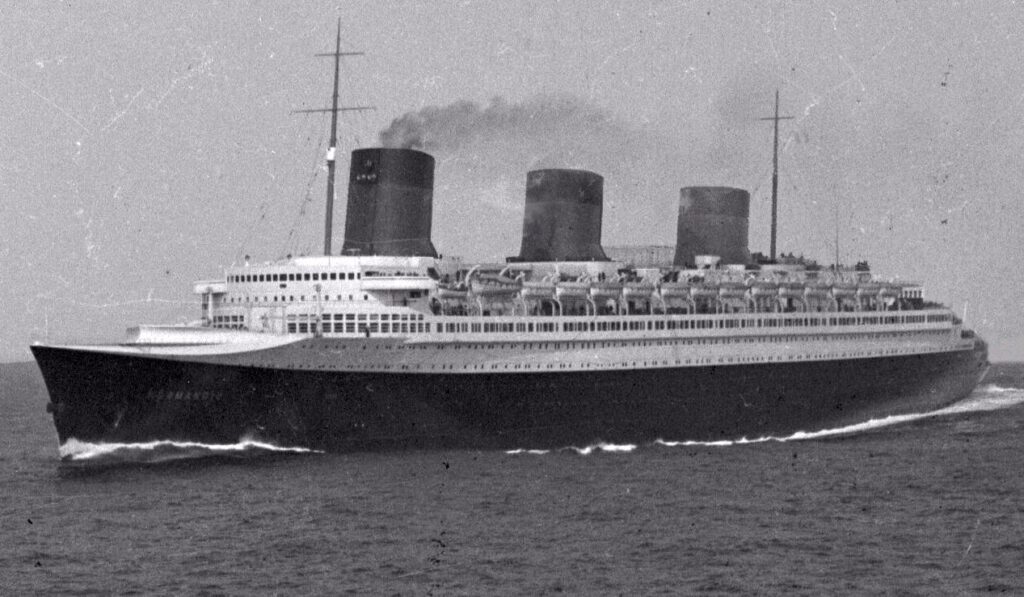When discussing large ships that traverse the seas, many people often use the terms “ocean liner” and “cruise ship” interchangeably. However, while they both sail the world’s waters and transport passengers in luxury, they have distinct purposes, designs, and histories.
Ocean Liner vs. Cruise Ship: Key Differences
- Purpose and Route:
- Ocean Liners were traditionally designed for point-to-point transportation across the oceans. They often had scheduled routes, much like a train or plane service today, transporting passengers and sometimes mail between continents. The classic transatlantic route between Europe and North America is the most renowned and believe it or not, it still is traveled today!
- Cruise Ships are predominantly for leisure. These vessels embark on round-trip voyages to various destinations without the main aim of transportation between two major points. Instead, they focus on the journey itself and the onboard experience.
- Design and Build:
- Ocean Liners have a more robust build with a deeper draft, making them well-equipped to handle the harsh conditions of the open ocean. Their hulls are designed for stability in rough seas.
- Cruise Ships are often wider with more shallow drafts, optimal for entering a variety of ports around the world. While they are sea-worthy, their primary focus is luxury, amenities, and onboard experiences.
- Speed and Efficiency:
- Ocean Liners are usually faster than cruise ships. Because they were built to transport passengers efficiently between continents, speed was of the essence.
- Cruise Ships typically sail at a more leisurely pace, emphasizing comfort and scenic views.
The Top 3 Most Famous Ocean Liners
- RMS Titanic: Perhaps the most infamous ocean liner in history, the Titanic is known for its tragic sinking on its maiden voyage in 1912. Boasting advanced technology and unparalleled luxury for its time, its story remains a significant part of maritime history.

- RMS Queen Mary: Launched in the 1930s, the Queen Mary was a symbol of opulence and represented the pinnacle of oceanic travel. After serving in World War II, she resumed her transatlantic voyages and later retired to Long Beach, California, where she’s now a floating hotel and museum.

- SS Normandie: Known for her stunning Art Deco interiors and unmatched speed, the French Line’s Normandie was a marvel in the 1930s. While she faced competition from other liners like the Queen Mary, she was revered for her luxury and design.

The Queen Mary in Longbeach: Stay in History
Nestled in the harbor of Long Beach, California, the RMS Queen Mary is an iconic representation of maritime history. This once-grand ocean liner, which played pivotal roles both as a luxurious means of travel and as a troopship during World War II, has now transformed into a unique floating hotel and attraction, offering visitors an evocative blend of history and nostalgia.
Stepping aboard the Queen Mary is akin to traveling back in time. Her Art Deco interiors, meticulously preserved staterooms, and historical exhibits offer a vivid glimpse into the golden age of ocean travel. Guided tours dive deep into various aspects of the ship’s history, from her construction and glamorous heyday to her wartime service. Ghost hunters and enthusiasts might also be tempted to join the ship’s nighttime paranormal tours, which delve into the legends and tales of the Queen Mary’s haunted past.
For those looking to extend their experience, the ship offers hotel accommodations. Staying onboard allows you to fully immerse yourself in the Queen Mary’s rich heritage, with each room uniquely styled to reflect different eras of her service. The views of Long Beach’s skyline from the ship decks are mesmerizing, especially at sunset.
Beyond historical tours and luxurious stays, the Queen Mary also boasts a variety of dining options. From the opulent Sir Winston’s Restaurant & Lounge, which offers gourmet dishes, to the more relaxed Promenade Café with its authentic British afternoon tea, there’s a culinary experience for every palette.
Events are frequently hosted aboard, ranging from live music to seasonal festivities. The ship also sits adjacent to the Queen Mary Events Park, a sprawling green space that hosts numerous events throughout the year, from concerts to food festivals.
I had the opportunity to stay onboard the Queen Mary in 2018 and she was in remarkable condition. Since my stay, and the global pandemic, the Queen Mary fell into disrepair and just recently reopened after undergoing millions of dollars worth of repairs to get her looking ship-shape once again. Check out the links below for a look around the ship from my stay in 2018:
- Queen Mary Stateroom Tour
- Queen Mary Isolation Ward Tour
- Queen Mary Public Spaces Tour
- Queen Mary Open Decks Tour

The Queen Mary 2: The Last Ocean Liner
In today’s era of flight and rapid global transportation, the need for ocean liners has dwindled, making way for cruise ships that prioritize leisure over transportation. However, there’s one ocean liner that still graces the seas – the RMS Queen Mary 2.
Launched in 2003, the Queen Mary 2 (QM2) was designed as a modern-day successor to the ocean liners of old. Built for Cunard Line, she is not just an homage to bygone days but a state-of-the-art vessel. Boasting world-class amenities, from luxury suites to a planetarium, the QM2 is an impressive blend of history and modernity.
Regularly undertaking transatlantic voyages between Southampton, UK, and New York, USA, the QM2 keeps the spirit of ocean liners alive. While she offers various cruises to other destinations, her primary purpose remains as an ocean liner, designed for point-to-point travel across the Atlantic.
I had the pleasure to sail on the QM2 twice in 2005 out of New York City, you can see some of the photos of those cruises on my Queen Mary 2 cruise page.

In conclusion, while ocean liners and cruise ships might seem similar at first glance, understanding their distinct purposes and designs offers a glimpse into the rich history of maritime travel. The Queen Mary 2 stands as a testament to this legacy, bridging the gap between past and present, and ensuring that the golden age of oceanic travel is never forgotten.
